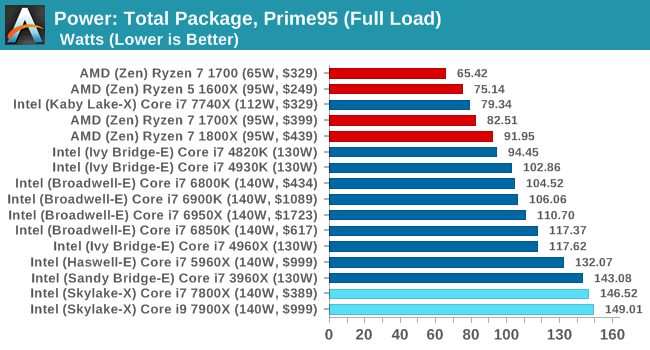Caporegime
Ah yes, AMD using some fine magic to squeeze 45W of electrical power worth of iGPU in a 15W TDP package... Are you serious???
It still less than the Intel system and you clearly do not understand TDP, it is not a measure of power consumption it is simply a recommendation for cooling, if this laptop has a 45 watt or higher rated cooler then the CPU / GPU firmware will allow it to go that high, if not it will throttle to keep within its cooling range, and i reiterate Prime95 and Furmark will push the CPU / GPU's much harder than any application and there in power consumption, the TDP ratings that Intel, AMD and nVidia have for their hardware are based on normal use, not Prime95 and Furmark.
Let me put it this way, my 4690K has an 86 watt TDP, if it puts out more than 86 watts of heat on a cooler with 86 watts of cooling efficiency it will throttle to reduce its power in order to remain within that 86 watt envelope, if not it will over whelm the cooler and over heat, its actually the heat its measuring which enable the system to function.,
Power is energy and energy used is converted into heat.
My 4690K is under a 250 watt cooler so its quit comfortable at 4.6Ghz pulling about 150 watts.
So what's happening with the AMD APU laptop is the cooling is at least adequate to allow it to pull 45 watt before it gets to its thermal throttling zone.
That is not magic, its how all modern hardware works.
Last edited:




